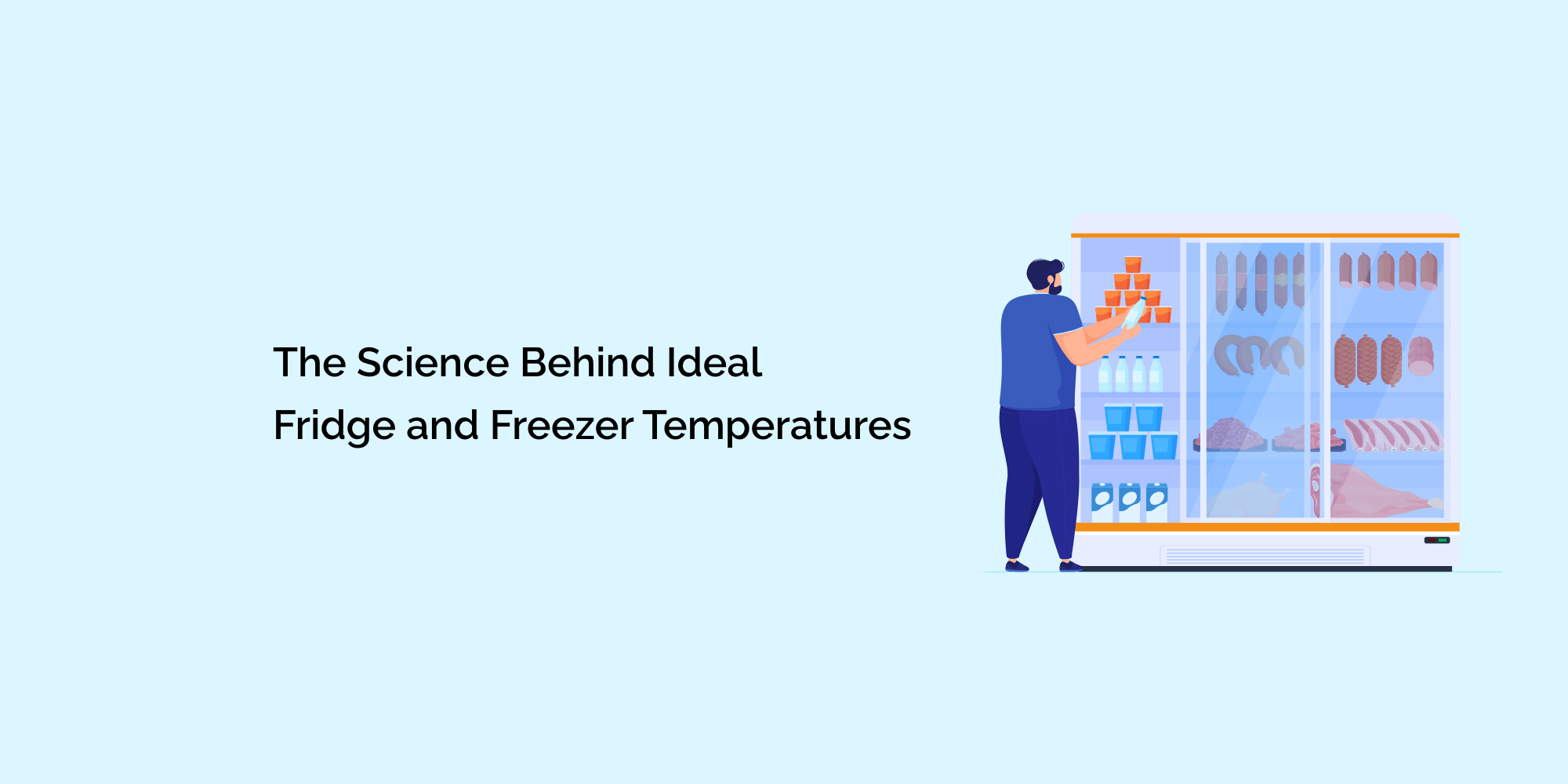Have you ever wondered why it's essential to set specific temperatures for your fridge and freezer?
While many of us simply adjust the dials without giving it much thought, there's a science behind these temperature settings that directly impacts food safety, preservation, and quality.
In this blog, we'll explore the science behind the ideal fridge and freezer temperatures.
The Refrigeration Zone: Fridge Temperature
The fridge is your food's first line of defense against spoilage and bacterial growth. The science behind the ideal fridge temperature is rooted in microbiology and food preservation.
-
Temperature Range: The recommended temperature range for a fridge is between 34°F and 40°F (1°C to 4°C). This range is known as the "food safety zone." Within this zone, bacterial growth significantly slows down, reducing the risk of foodborne illnesses.
-
Microbial Growth: Bacteria reproduce most rapidly between 40°F and 140°F (4°C to 60°C), a range known as the "danger zone." Keeping your fridge's temperature below 40°F helps prevent the rapid multiplication of harmful bacteria, such as Salmonella and E. coli, that can lead to foodborne illnesses.
-
Slowed Enzyme Activity: The enzymes responsible for food spoilage are also less active at lower temperatures. Slower enzymatic reactions mean that fruits, vegetables, and other perishables stay fresh for longer.
-
Preservation of Quality: Cold but not too cold is essential for preserving the quality of various foods. For example, some fruits stored just above freezing temperatures can maintain their flavor and texture for longer periods.
The Freezing Zone: Freezer Temperature
The freezer is where you lock food in a state of suspended animation, preventing spoilage, bacterial growth, and enzymatic activity. The science behind ideal freezer temperatures is equally important for food preservation.
-
Temperature Range: The ideal temperature for a freezer is 0°F (-18°C) or lower. At this temperature, most bacteria and enzymes are virtually halted, preventing further deterioration of food.
-
Preventing Bacterial Growth: Freezing food at or below 0°F ensures that any bacteria present in the food become dormant. They do not die, but they are unable to multiply or cause spoilage at such low temperatures.
-
Preventing Freezer Burn: Freezer burn occurs when food is exposed to fluctuating temperatures or air inside the freezer. It leads to dehydration, changes in texture, and the formation of ice crystals on the food's surface. Maintaining a consistent low temperature minimizes the risk of freezer burn.
-
Preservation of Quality: Freezing at the correct temperature allows foods to maintain their original taste, texture, and nutritional value. It is the key to long-term preservation.
Conclusion
Understanding the science behind ideal fridge and freezer temperatures is vital for ensuring food safety, extending shelf life, and preserving food quality. These temperature ranges are not arbitrary; they are based on extensive research in microbiology and food science.
By maintaining your appliances at the recommended temperatures, you can enjoy safe, fresh, and high-quality food while reducing the risk of foodborne illnesses and food waste. So, the next time you adjust your fridge and freezer settings, remember the science that keeps your food safe and delicious.








